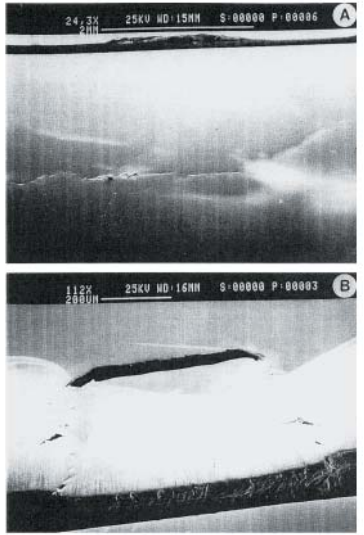Review of the Effect of Hydrogen on Mechanical Properties of Low Strength Steels in Oil & Gas Applications

Hydrogen-Induced Cracking (HIC) is one of several related mechanisms whereby absorbed hydrogen atoms can compromise the integrity of components manufactured of low strength steels. A “low strength steel” is defined as having a macrohardness of 22 HRC (249 HV) maximum. The corresponding tensile strength is of the order of 800 MPa (116 ksi) maximum. Steels having localized areas with microhardness in excess of 22 HRC equivalent are particularly vulnerable to the development of HIC damage.
Susceptibility of Steels containing Cr, Ni, and Mo in H2 S Environments

The HIC susceptibility of steels containing Cr, Ni, and Mo under stress and hydrogen diffusion was been investigated by electrochemical methods. As the content of alloying elements increased, the apparent hydrogen diffusion coefficient (D) and threshold hydrogen permeation rate (Jth) for hydrogen embrittlement decreased. Hydrogen content (Co) in the steel in NACE TM-0177 solutions increased due to decreasing D with increased Cr content, although hydrogen permeability (J x L) decreased, and the susceptibility to sulfi de stress cracking (SSC) increased as aresult. Moreover, Mo exhibited clear effect of decreasing J x L, and consequently the resistance to SSC improved with increasing Cr content.

